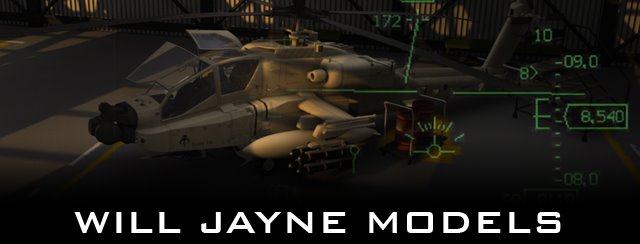Preparing the RP master:
The machine that I had the ships printed on was the Envisiontech Perfactory; an SLA type 3D printer.
On preparing the masters for moulding I discovered some key issues and pitfalls:
- The parts always have small spikes left by the printer as supporting material. These must be very carefully separated from the component, parts can easily break at this stage. The best approach is to gently run a sharp scalpel blade along the join of the spikes to the part, this will gradually remove them without harming the component.
- Fine parts should not be printed so that they cannot support themselves. For example, the 5 inch gun barrels came out .3mm in diameter. Because they were printed horizontally they had supporting spikes which were extremely difficult to remove. Of the eight that were printed, I only managed to sucessfully prepare three. Next time I would print a similar component vertically to avoid the supporting spikes.
- Some parts may have areas which are not fully hardened, and may break easily. Be prepared to replace them. However if the master is designed to be strong and structurally sound then this happens less.
- The resin used is actually quite strong, and will stand up to significant punishment during the moulding process. This means that quite large undercuts van be present in the mould, as long as the object that has been undercut is quite tough. For example, the upper decks of the destroyers extended out from the main structures, because they were designed to be .4mm thick they were strong enough to be undercut in the mould. If the master comes out, so will the resin.
I decided on two types of mould for the kit, an open topped one part mould for the one piece hull and superstucture, and a two part mould for the fittings sprue. Open topped moulds are generally the simplest type, and will do fine for most applications. The imporatant aspects to get right are a watertight join between the mould floor and the master, and a smooth mould floor with no scratches that is a flat as possible.
Two part moulds are more tricky. The masters must be half covered by chavant clay or plastaline. Then the first have is poured, the masters are removed and cleaned, inserted into the new half and waxed then the seconf half is poured. It's much trickier than it sounds. However, I discovered some very handy tricks while making them. Lego bricks are a brilliant mould making gadget, they save material, flat sqaure wall can be built in seconds and they act as locators for the two mould halves.
I first glued all the masters onto a styrene block that would act as the reservoir, then I fixed them to the mould wall and poured molten cavant clay up to the level where i wanted the mould to part. Chavant cap is not really suited to this type if punishment as it turned out, the wax crystalises as the clay cools and also because it is so tough it is tricky to get the masters out in one piece and clean them. Next time I will use softer plastaline. Once the half-mould is built you can make as many halves in silicone as you like. For this model I made five, then removed the masters and after cleaning I inserted them back into the moulds I had just made and poured five second halves. This resulted in five very neat and precise moulds that ended up producing extremely good casts with barely any flash.
Making five hull moulds was relatively easy, as I just took five good casts from the first mould and moulded them. Due to the good quality of the moulds I was able to cast eighty kits in three days!! I am very pleased with the tricks I learned and the success of the moulds, I believe I will be able to get straight on with it when the new masters arrive. This is important because time will be short by that stage.

No comments:
Post a Comment